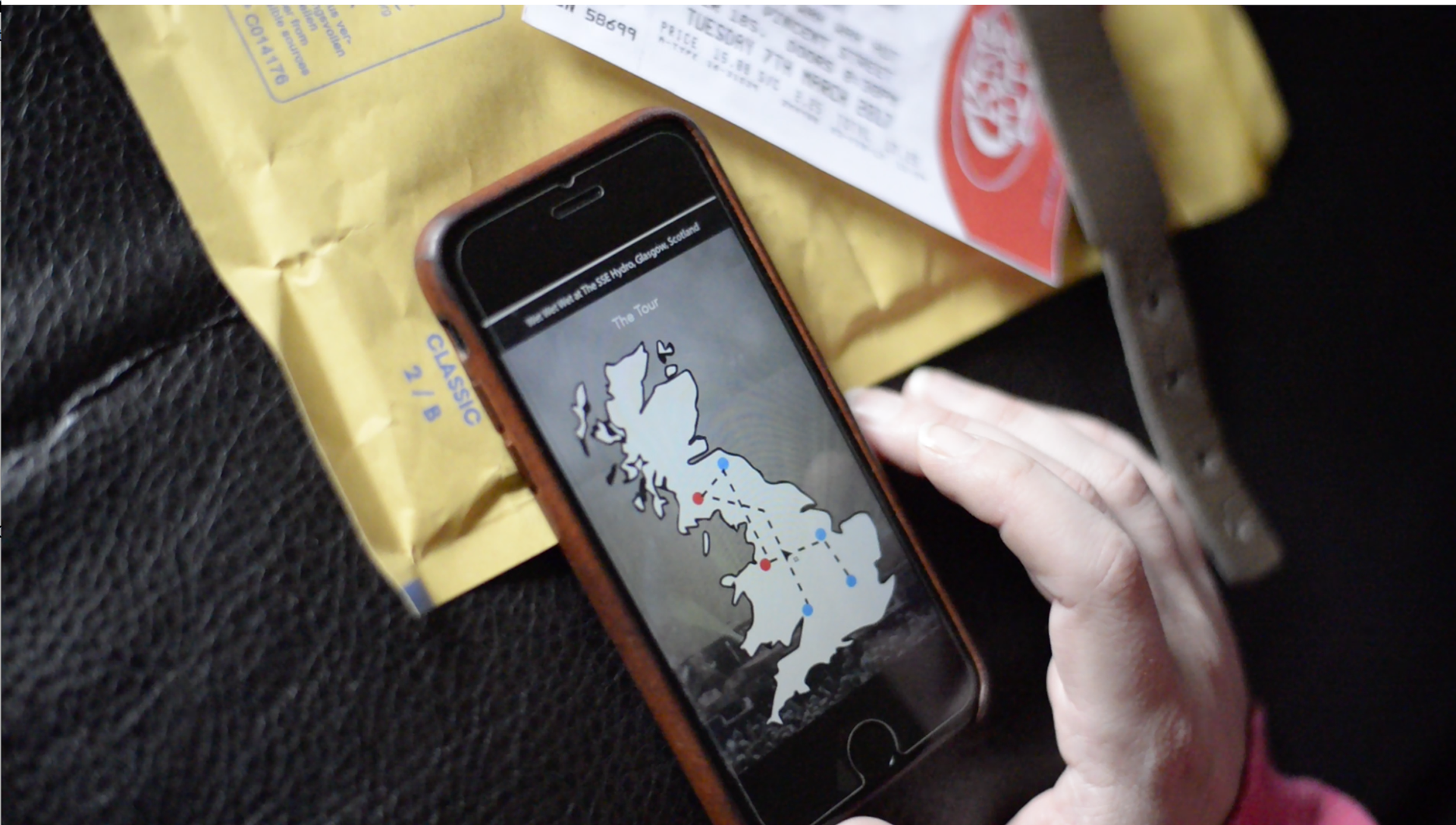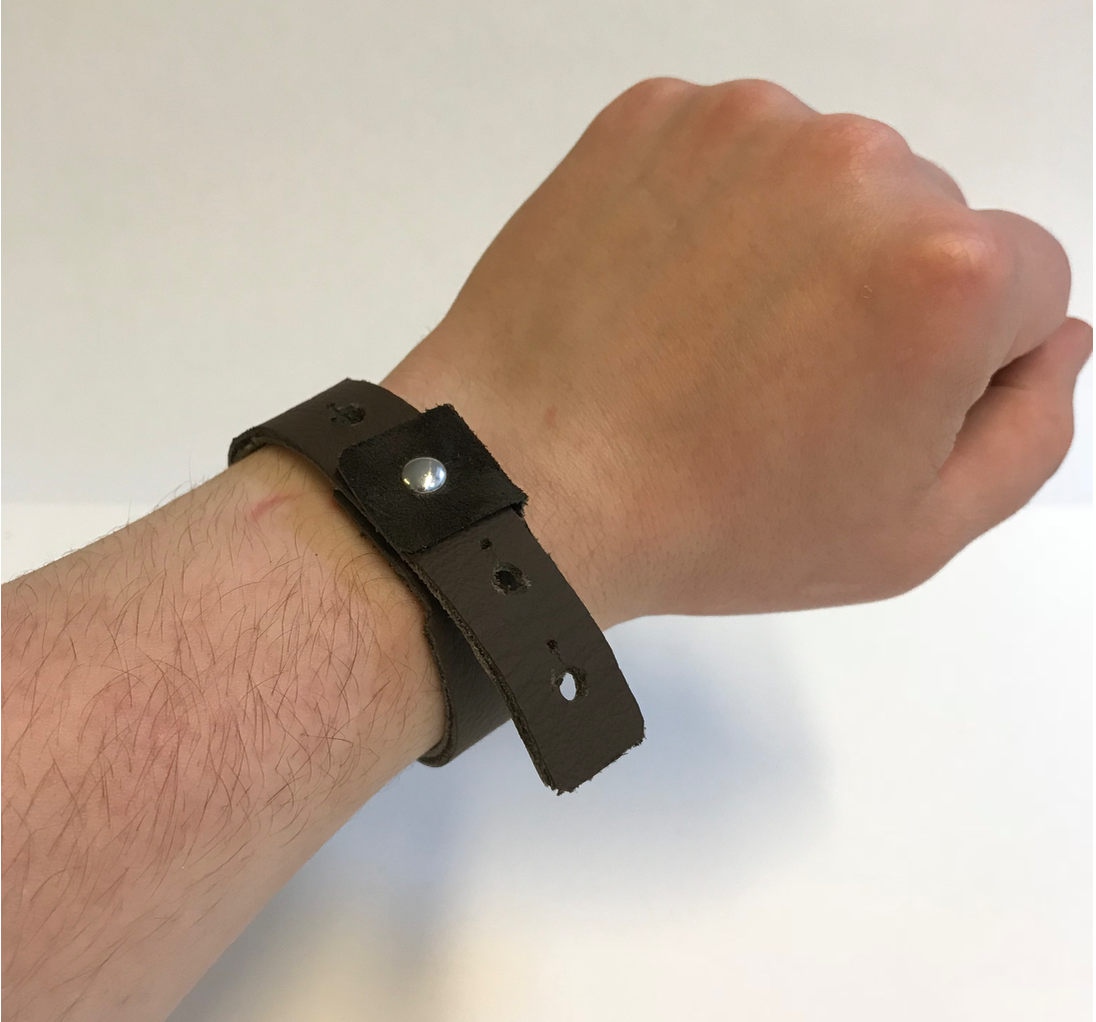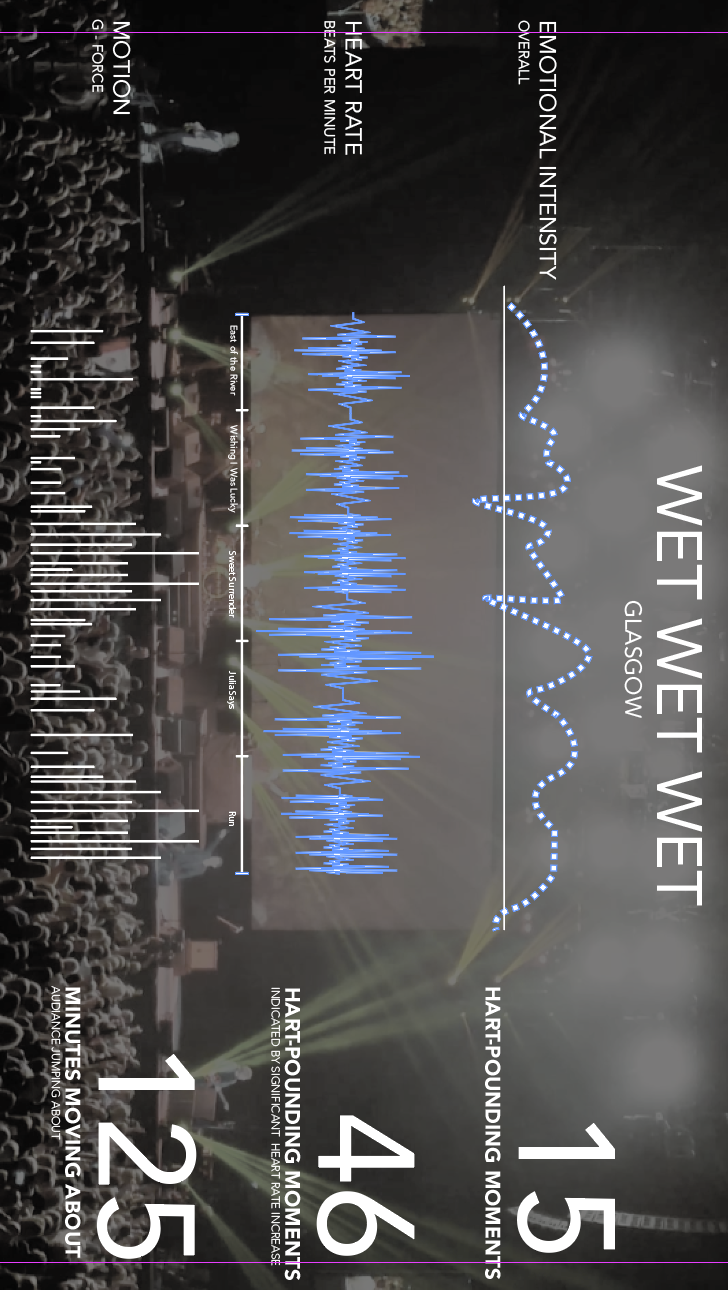‘React’ is a user responsive outcome to engage concert audiences with the artists on stage, in turn provoking the artists to respond and be able to drive their performance to better the audiences enjoyment.
Utilising data collected about the audiences via the wristband containing biometric sensors; heart rate, temperature and movement. This data collected in real time then displayed diring the concert is then seen by all, the artist has a chance to encourage the audience or adapt the concert in order to obtain the desired response. A way to feedback to the audience is through a vibration haptic, thus encouraging them to move etc.
The concept of live performances has been around for centuries and very little has changed apart from the use of technology to amplify and integrate the sound/ music from the performers on stage. The Audiance and those wanting to hear and enjoy the performance have been overlooked, they sit or stand and watch/ listen to the performance. However it is commonly said that the artists on stage are having more fun from being backstage to performing on stage.
My aim for my Primary research was to gain a real insight into the music scene, From being in the audiences shoes and speaking to the performers I was then able to use this to inform a design direction.
My aim for my secondary research was to discover the foundations for my topic; what is happening?, what has happened? What are the relationships between my intended audience/ stakeholders?
Context
I began my desk research by looking into the history of music performances, this went right back to Pre-historic times. Going this far back enabled me to build a bigger picture of what has been the major influences in what changes have been made. Mainly these being a reflection of the technology of the time, during pre-historic they played with instruments made from bone, 18th century say more classical with the piano. However it its during the 1960/70’s that we see possibly the biggest change with the introduction of electric instruments. Pink Floyed starts using bright lights as a separate show.
Bringing it into today however has bees somewhat of a progression of this seeing 3D holograms on stage along side live performers, and Interactivity by means of light flashing wrist bands and smart tickets around your wrist.
There seems to be a trend with using technology to incorporate the audience more and more. Taking this forward I think it would be helpful to compare this timeline against other types of performances.
Direction
Thinking about the Glasgow crowd being the most responsive, I knew I wanted to take this further into a design opportunity Is this something I could influence in other cities?
Narrowing down the research and pulling out directions was a big task and many post it notes. I came up with a couple of main driving headings; immersing yourself in the experience, and the After ripples of the concert. I became fixed on how I could capture the after moment, the ear ringing moment.
When I was looking into what the audience do after a concert is over I came across the Post Concert Depression effect. This isn’t a recognised form of depression at the moment however It is being studied to see if there is any medical backing to it.
For the propose of this project and after looking into it it was clear that I was on to something. Even just coming away form a concert singing the same songs is an effect.
Taking this forward I want to see where and when this comes into action in the timeline of events at a concert.


